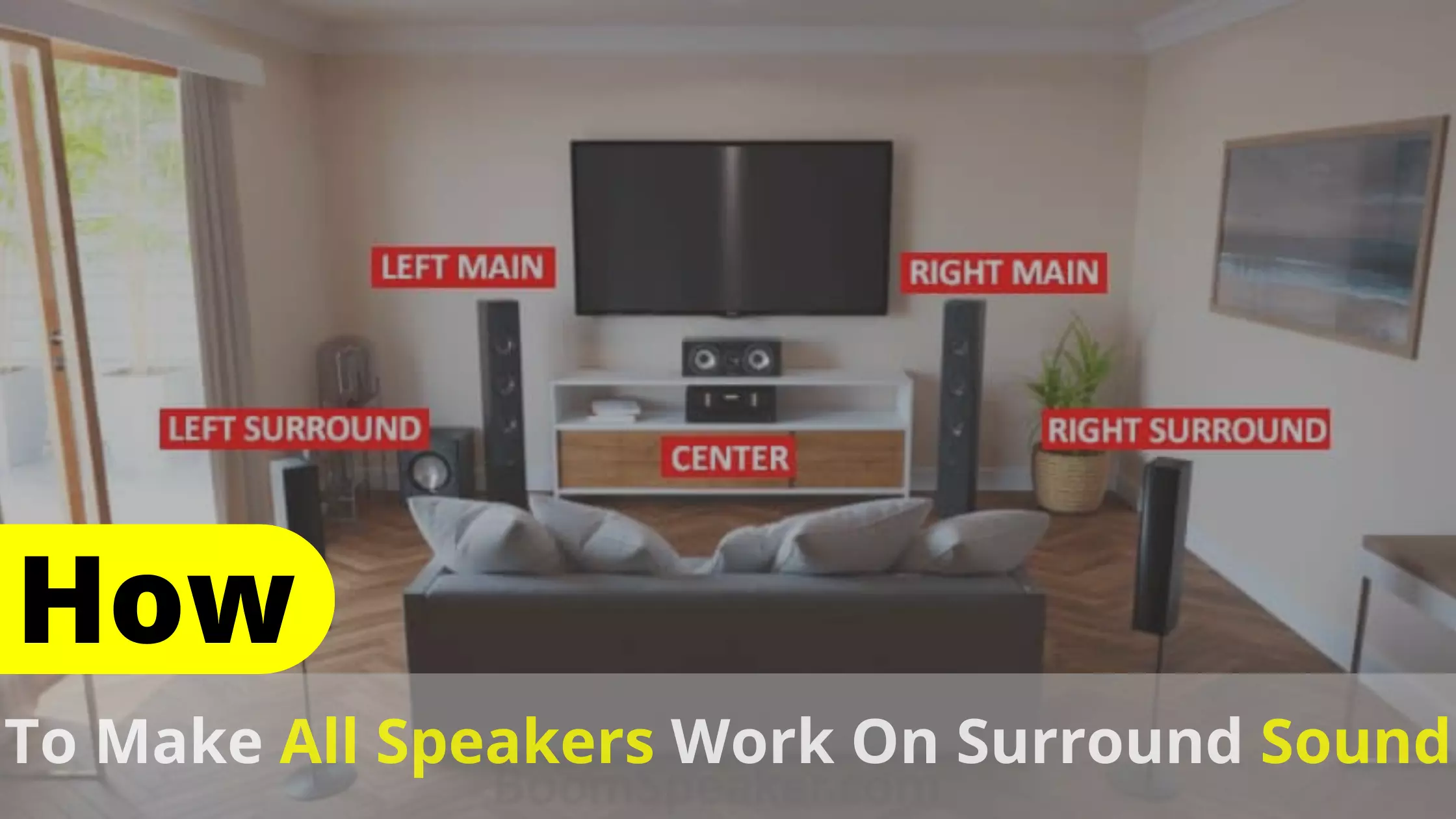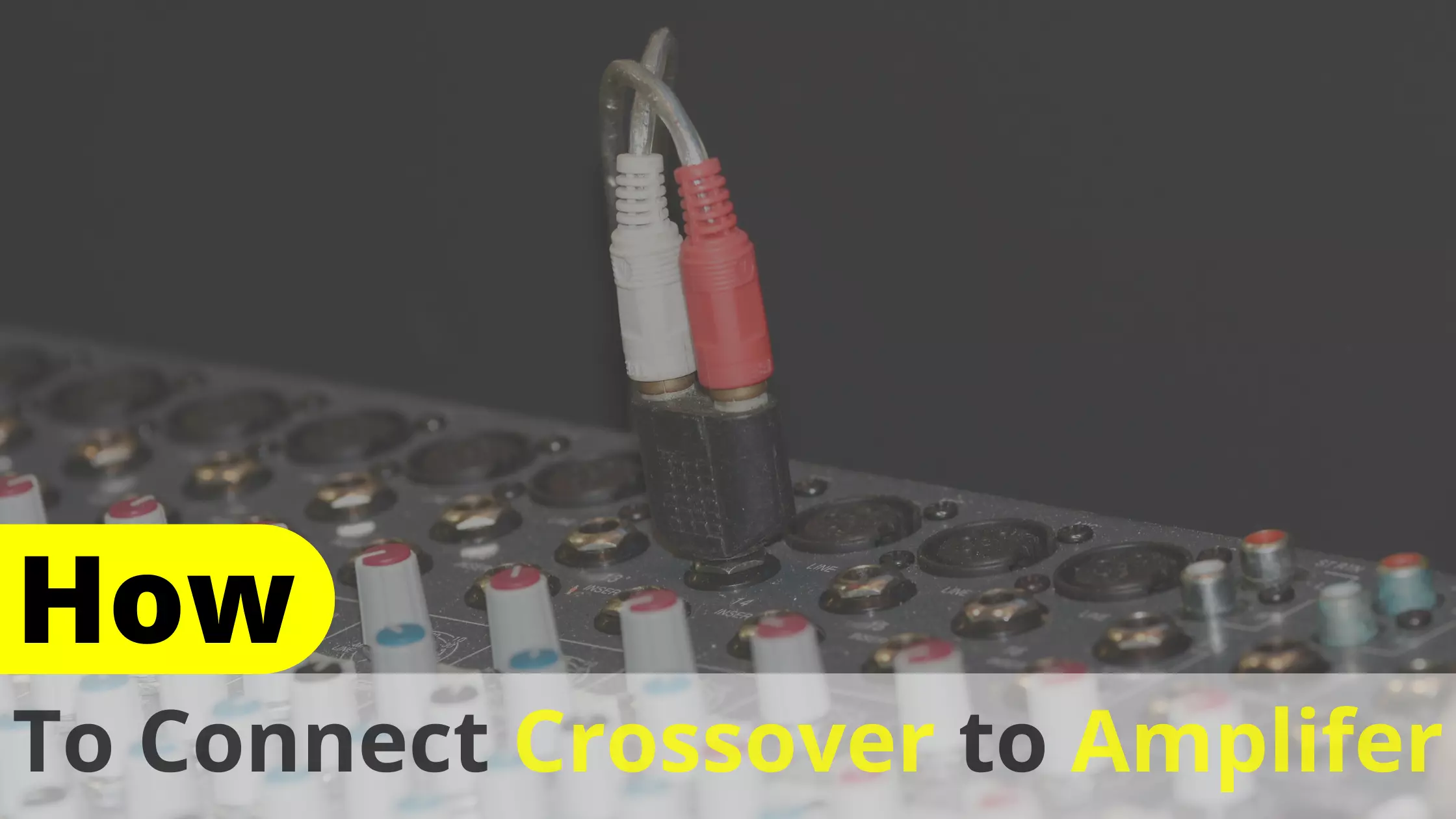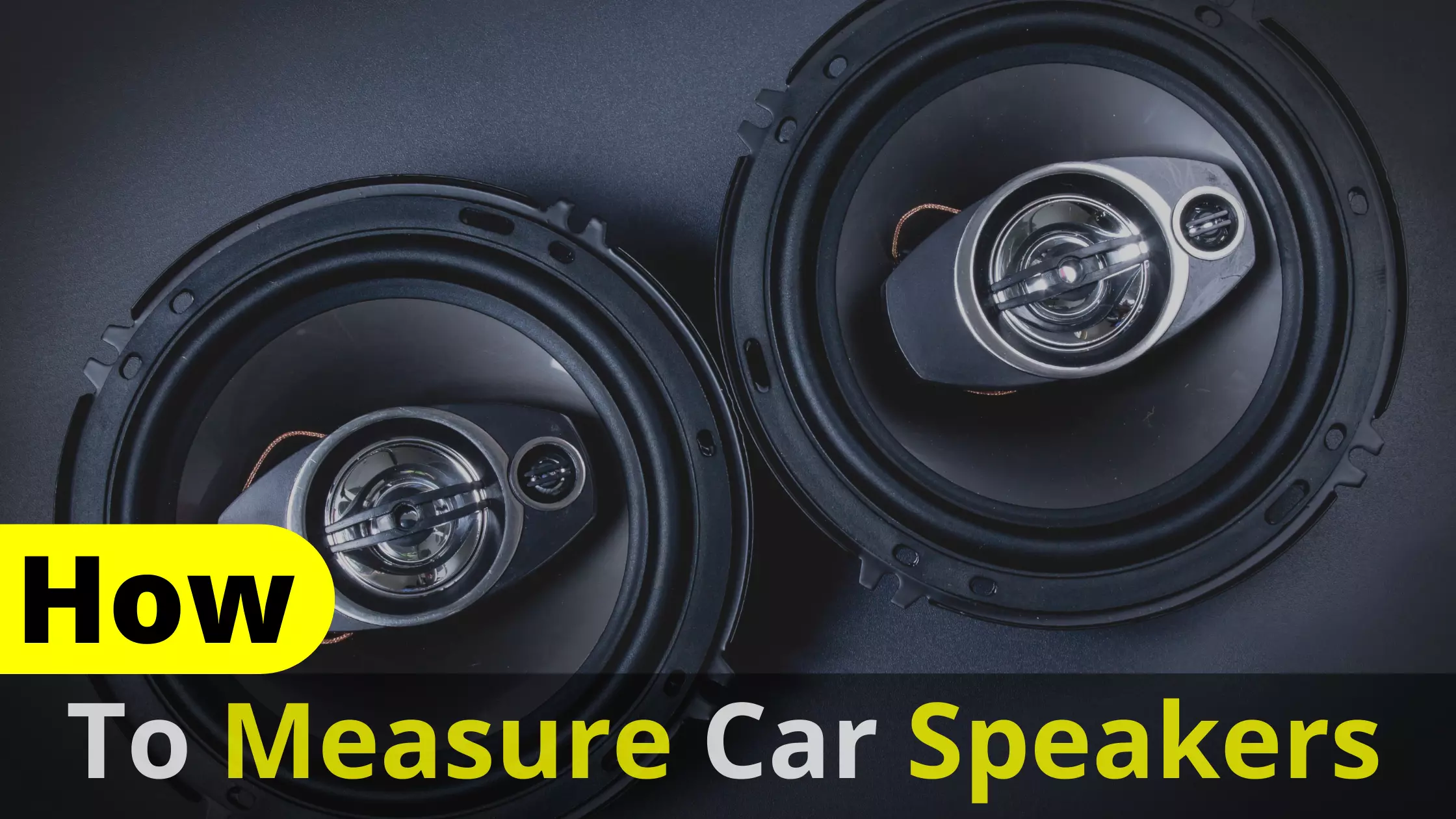Every music fan has a favoured manner of listening to their favourite musicians. It might be through a streaming service and wireless speakers, or through headphones or earbuds for a more private experience. However, if you want to hear the artists' music the way it was meant to be heard, you’ll need a good two-channel (stereo) Hi-Fi system.
An integrated amplifier is one of the most important components in a Hi-Fi system.
What Exactly is it!
Let’s look at it more closely.
An integrated amplifier is a Hi-Fi component that contains both an amplifier and a preamplifier in the same unit. It’s able to amplify audio signals from many different sources, such as vinyl records, CDs, radio tuners and cassette players/recorders. Although most models have five channels (two front left and right speakers, two rear speakers and a subwoofer), the number of channels an integrated amplifier need depends on what you’re connecting to it. For example, if you’re only connecting one speaker system, then you can save money by buying a much cheaper model than if you were purchasing five pairs of speakers to use with it.
How Does it Work?
To use an integrated amplifier, you need to connect it to a record player or CD player. You also usually connect your speakers to it (although some models come with their own). It doesn’t matter if you’re using floor-standing speakers or smaller satellite speakers; many types of speaker cables and wirework with them, which is one reason why integrated amps are popular. The amps that are housed in the speaker cabinets are small enough to fit into the cabinet without requiring significant re-arranging of components or extra space.
Integrated amplifiers support virtually every music format, including CD, DVD, MP3 and WMA files. Some models have USB ports so you can play digital files directly from your computer, phone or tablet. Many models also come equipped with Bluetooth compatibility for even more flexibility.
What should I look out for?
Integrated amps vary in size and power output, so you’ll need to consider the following:
• Size of room: An amplifier’s performance decreases as the size of a room increases so if you’re looking for a more powerful unit, check the power output carefully.
• Size of speakers: The size of the speakers you’ve purchased will affect the overall sound quality so check to see if they’ll work with your amplifier’s wattage before purchase.
• Connections: Make sure all of your equipment has matching connections for ease of use.
If you plan to buy a new stereo Hi-Fi system in the future, consider buying an integrated amplifier now. It will be able to provide your speakers with clean power for years without requiring significant re-wiring or components.
Ensure you have enough room for all of your equipment before purchase, and match up the correct connections for your speakers and amplifier. Check the power output of both to ensure you’re getting your money’s worth.
Common features of Integrated Amplifiers:
• Phono Inputs: A phono input is required for use with a turntable. There are more than one of them on most models.
• Headphone Jack: A headphone jack will allow you to listen to your music privately.
• USB Port: Many integrated amplifiers come equipped with USB ports, making it easy to connect them up to your computer and play digital files.
• Bluetooth: If you want to avoid using cables and wire, then an integrated amplifier with Bluetooth compatibility is the perfect solution for you.
• Remote Controls: The remote control gives you more control over your music when it’s in a different room from the Hi-Fi system.
Pros and Cons of having an Integrated Amplifier in your system:
Having an integrated amplifier in your Hi-Fi system has many advantages that include:
• Flexibility of use: Integrated amplifiers are easy to set up and can be used with all kinds of different speakers. They’re ideal if you change the kind of speakers often, or have a large variety in your collection.
• Low cost: Since integrated amplifiers are much smaller than the standard Hi-Fi separates, they’re much cheaper to purchase and operate.
Conclusion:
Each model will come with its own advantages and disadvantages so it’s important to research and understand these before making a purchase or connecting your speakers up. For example, if you want superior sound quality, then look for models with top of the range specs.
Integrated amplifiers are easily accessible via online retailers and high-street stores, so look for one that fits your budget, is compatible with the equipment you currently own and has enough power to run your speaker system at an optimal level. We hope this article has helped you to learn more about integrated amplifiers.






